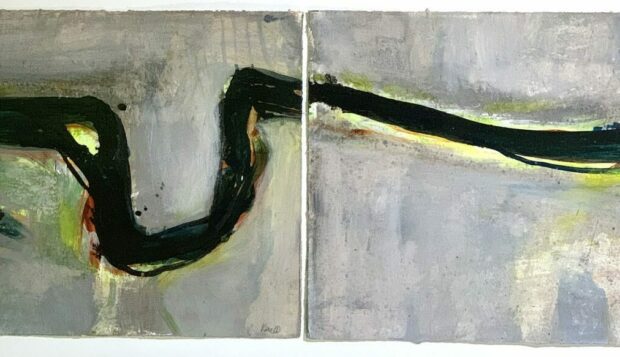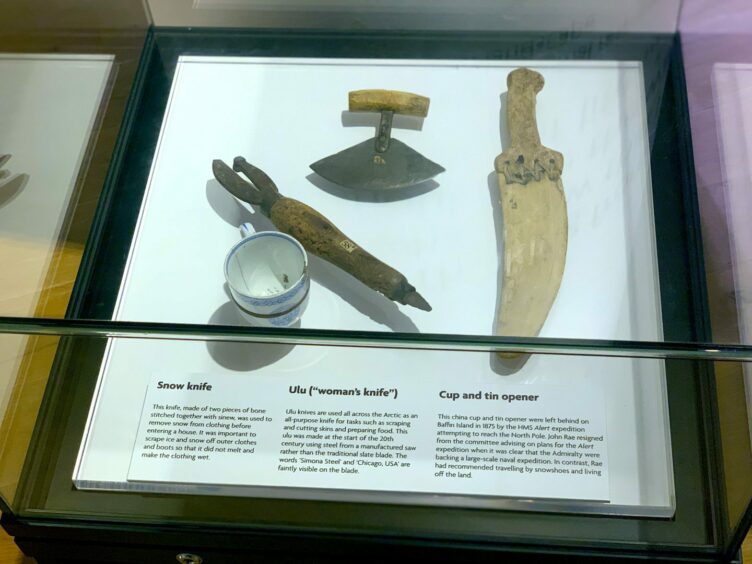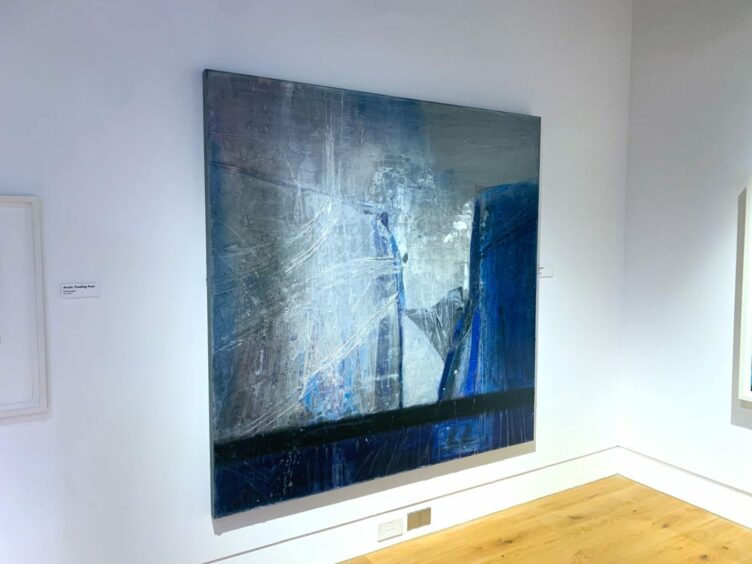Art, history and the power of storytelling are on display at a series of exhibitions running this weekend during Aberdeen University’s History and Heritage festival.
Guests can tour an art gallery that views the frozen Arctic through the lens of a contemporary and the pioneer who inspired her.
And members of the public will have a rare opportunity to view some of the oldest printed manuscripts in the university’s special collections.
The event tops off with a weekend of outdoor exploration and storytelling courses for children and adults, highlighting the value of communication and reminding visitors that learning and exploring online is one thing.
But to really appreciate history and each other, it helps to get up close and personal.
Journeys through time
The first exhibit this weekend is the ongoing Barbara Rae Exhibition. Located in the Sir Duncan Rice Library, the exhibition is open from 10 am – 7 pm every day. There is a short guided tour every hour, on the hour, from 11 am until 5 pm.
The exhibition showcases work from Mrs Rae’s journeys from Orkney to the Canadian Arctic. She was inspired by Dr John Rae, the famous Orcadian explorer who charted over 1,700 miles of the Arctic in an attempt to discover the Northwest Passage.
During his expeditions, Dr Rae also uncovered the grisly fate of Sir John Franklin’s earlier expedition. After finding themselves locked in ice, the crews were trapped for years and are thought to have resorted to cannibalism as their supplies slowly dwindled.
Jennifer Shaw, assistant curator for the university’s museums and special collections, said Dr Rae was famous for his interactions with indigenous populations.
“John Rae knew that the best chance for survival was to take indigenous people seriously,” she said.
This was at a time when the prevailing attitude towards exploration was to rely on the supposedly superior intellect and technology available in Europe.
Art that shows the effects of time
Nicole Cogan Maclellan, an art history student giving tours of the exhibition, said that the artwork and relics on display show just how much the world can change in a few decades.
She pointed to a map display which shows how Europeans viewed the far north of Canada before and after Dr Rae’s expeditions in the 1840s. The first, from the 1830s, is mostly empty, while the one based on Dr Rae’s travels looks much like a map would today.
Nicole also pointed out how Mrs Rae’s art highlights the effects of time on the arctic regions. Humanity’s impact on the natural world is on full display in the Arctic, where melting and shifting ice highlight the ongoing climate change.
“The fact that she, as an artist, was able just to go and visit this place 150 years later, shows how much the world has changed,” Nicole said. “That’s not something that would have ever been accessible before. But now it’s becoming a place to go on holiday.”
Plenty more on offer
The Barbara Rae Exhibition is just one of the many events and exhibitions on offer now through Saturday.
The Collections Close-up event will give members of the public a chance to see some of the university’s oldest manuscripts, including a 12th-century copy of a centuries-old Biblical commentary.
There are also storytelling workshops for children and adults, and a far-ranging series of short talks on zoology, history, and storytelling.
And one of the centrepieces of the event is Saturday’s Family Fun Day in Cruickshank Botanic Garden. Balloon modelling, face painting, a BBQ shack and garden tours are just some of the activities on offer.
You can see the full line-up of exhibitions and activities on the university’s website. Although the festival is free, you’ll need to book some of the events and short talks.
More spaces could open up on the day, so stop by the gardens or the library while exhibitions are on to see what’s available.
Read more from the Schools and Family team
Highland primary school attainment is on the up, with 10% boost in literacy this year
Plans for new Nairn Academy presented to public as rainwater drips into bucket in corner


